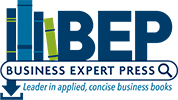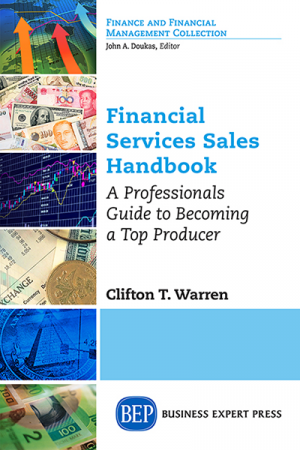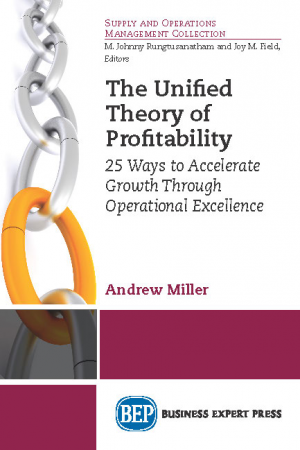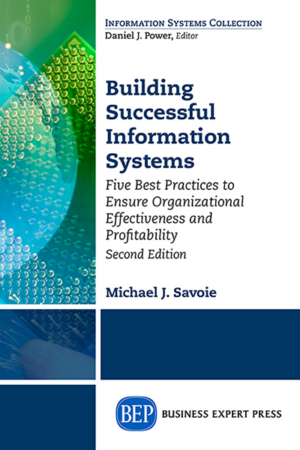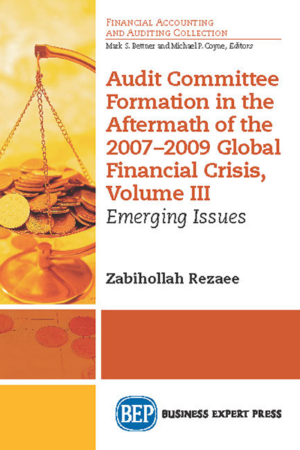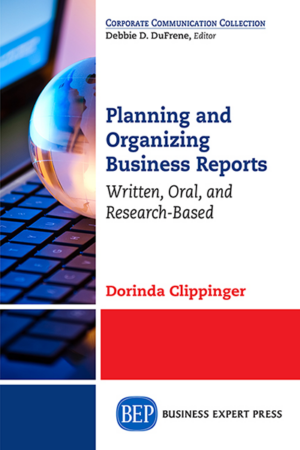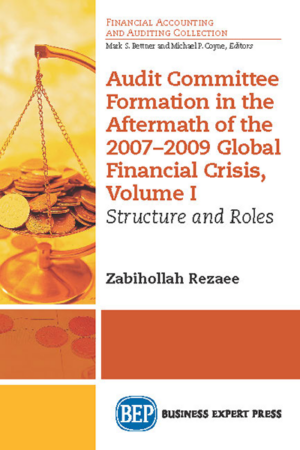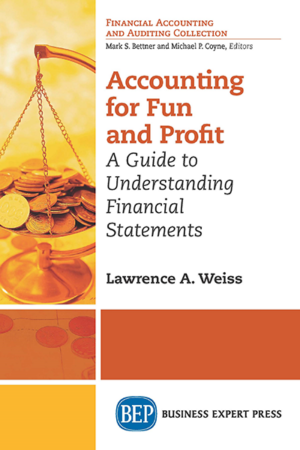Financial Services Sales Handbook: A Professionals Guide to Becoming a Top Producer
$21.99Acquiring, retaining, and developing clients are the major steps for any successful business; failure to accomplish these steps is the major reason many professionals and firms fail to achieve their full potential.
The financial services industry is currently facing its biggest challenge: increased competition; smarter buyers who want to deal with professionals instead of sales people; and the emergence of social media, including Facebook, Twitter, LinkedIn, and Google.
The Financial Sales Handbook: A Guide to Become a Top Producer is for experienced professionals as well as for those who want to make the transition from managing work to more effective selling. The book is also for professionals who want to sharpen their skills. It is intended as the nucleus for corporate training programs as well as for self-employed professionals who must market and sell to stay in business.
